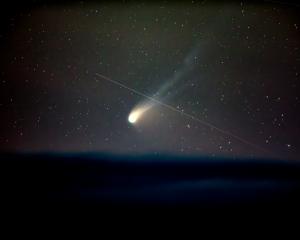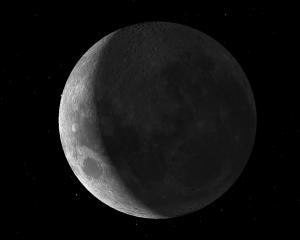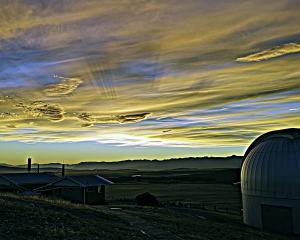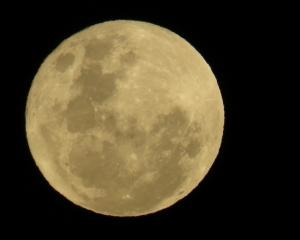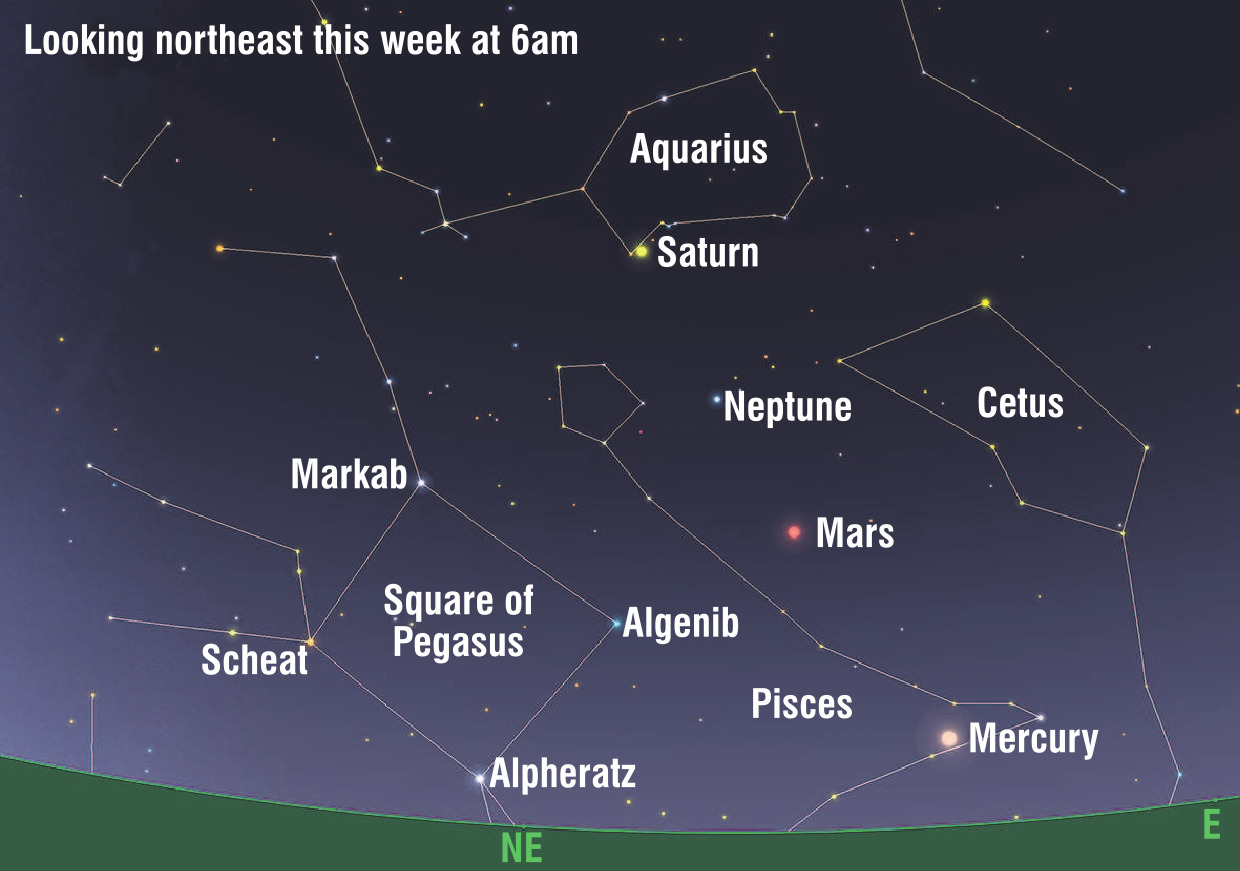
Surprisingly, while Venus can occasionally get closer to Earth, Mercury holds the record for being the closest when we consider the average distance over time. This fascinating fact was discovered by scientists at the University of Alabama using the point circle method, which calculates the average distance between planets over several millennia.

If you want to see the smallest planet in the solar system against a dark sky, you must be outside before 6am At that time Mercury will be just three degrees above the horizon; look for a pinkish ‘‘star’’ low in the east. A telescope will reveal that the planet is roughly half illuminated, resembling the first quarter moon.
Mercury is not the only planet on show to early-rising stargazers. Mars, Saturn, and, if you have binoculars, Neptune can also be observed in the morning sky. The four planets form a line in the sky!
Like Mercury, Mars is moving through the constellation Pisces.
Look for a blood-red star above and to the left of Mercury.
At the moment, Mars is on the opposite side of the sun to Earth and, at a distance of 288 million km, is more than twice as far away as Mercury.
You will need binoculars to find the outermost planet, Neptune, above and to the left of Mars. Like its planetary siblings, Neptune is also in Pisces.
The planet’s amazing blue-green colour, created by gasses in its atmosphere, sets it apart from most stars and will make it easy to find.
Finally, the majestic ringed-world Saturn is visible above and to the left of Neptune. The sixth planet from the sun is nearly 40° above the horizon in the constellation Aquarius.


